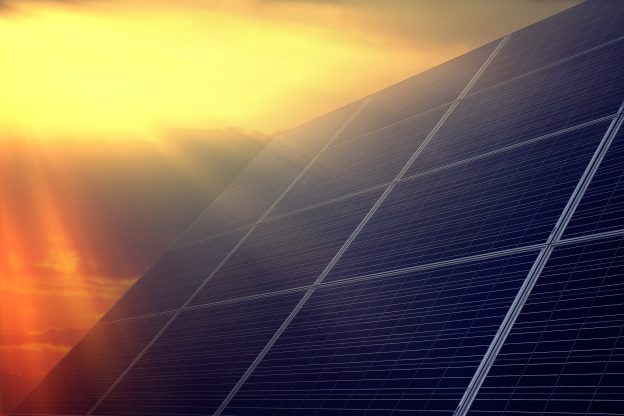For Chinese solar manufacturers, the fourth quarter is the most important time for solar photovoltaic installations. It is then that Chinese vendors speed up deployment to meet the central government’s annual targets. The Chinese government’s support for renewable energy bolsters their efforts. If that support continues, the productivity of Chinese solar manufacturers will increase in tandem.
The latest draft of China’s renewable energy policy, which outlines targets for 2015, 2017 and 2020, respectively, differs considerably from the previous draft issued in 2012, said Jason Huang, research manager at EnergyTrend, a subsidiary of the Taiwan-based market intelligence firm TrendForce. First, basic renewable energy targets have risen for the most part. Second, the nexus of development has shifted from the northwest of China to the east, where the China National Energy Administration wants more solar systems built. Third, the policy sets forth mandatory renewable energy requirements. Renewables - excluding hydropower - must comprise a certain portion of total power consumption by 2015 and 2020, respectively, and meet basic standards or advanced standards promulgated by Beijing. Petrochemical power facility construction will be restricted for local Chinese governments, including autonomous regions and cities, which fail to reach the basic standards. By contrast, Beijing will reward regions that reach advanced standards. They will receive more generous renewable energy and electric grid construction subsidies as well as other financial support.
The China solar industry aims to reach 100 GW of solar PV deployment cumulatively by 2020, targeting 10-15 GW annually from 2014, Huang said. In 2015, the following provinces will each be responsible for 10% of deployment: Inner Mongolia, Tibet, Gansu, Ningxia and Xinjiang. Beijing, Tianjin, Hebei, and Qinghai will be responsible for 7% of deployment, respectively. Shanghai , Jiangsu, Anhui and Fujian will each account for 4%. Finally, Zhejiang, Jiangxi and Chongqing will only comprise 2% of deployment, respectively.
In recent years, the solar market’s focus has shifted from Europe to the Asia-Pacific region, with China and Japan leading the development of solar energy systems, Huang said. “With Beijing’s backing, China’s impact on the global solar market will be far-reaching. Chinese demand for solar energy will become the decisive factor in the market’s ability to grow sustainably,” he added.
This week's price quotes
With China’s week-long October holiday just wrapping up, there were few changes in prices this week. October orders are steady, while the plant utilization rate is similar to September. Polysilicon prices held at US $ 20.4/ kg, while there were some minor changes in wafer prices. The prices of some high-efficiency polycrystalline silicon wafer orders increased slightly. Monocrystalline silicon wafer prices decreased. Cell and module prices remained the same as last week.







